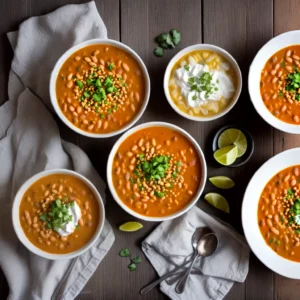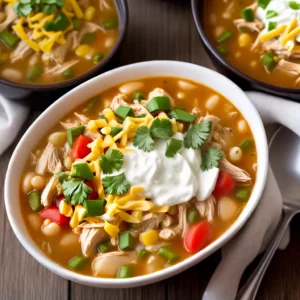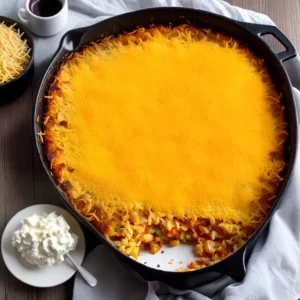Leftovers are a routine part of life, and knowing how to reheat casseroles is essential for preserving their taste and texture. By making small tweaks to reheating methods, you can ensure that your casseroles taste just as good the second or third time around.
In this article, I will explore the best methods for reheating casseroles, so you can enjoy every bite without sacrificing flavor or texture. Whether you’re using a microwave, oven, toaster oven, or skillet, there are techniques and tips that can help you achieve optimal results.
Key Takeaways:
- Reheating casseroles properly helps preserve their taste and texture.
- Avoid relying solely on the microwave for reheating as it may result in soggy or limp textures.
- Alternative methods like ovens, toaster ovens, and skillets can yield excellent results.
- Different types of casseroles may require different reheating methods.
- Proper food storage and meal planning can help prevent unnecessary waste.
The Drawbacks of Microwaving Leftovers
When it comes to reheating leftovers, the microwave is often the go-to choice for its convenience and speed. However, it’s important to note that microwaving leftovers may not always yield the best results in terms of taste and texture. Let’s explore some of the drawbacks of using this reheating technique.
1. Soggy or limp textures: One of the main drawbacks of microwaving leftovers is that it doesn’t produce the same browning effect as conventional ovens. As a result, the reheated food can end up with a soggy or limp texture, lacking the crispy and caramelized goodness that we often enjoy in casseroles.
2. Limited browning and Maillard reaction: Microwaving relies on microwave radiation to generate heat, which doesn’t allow for the Maillard reaction to occur. This reaction is responsible for creating those desirable crispy and caramelized textures in food. So, if you’re reheating a casserole with a delicious crust or wanting to bring back that golden-brown topping, the microwave may not be your best option.
While microwaving leftovers can be quick and convenient, it’s important to consider the potential drawbacks in terms of texture and flavor. In the next section, we’ll explore alternative methods for reheating casseroles that can help you achieve better results.
The Drawbacks of Microwaving Leftovers:
| Drawback | Explanation |
|---|---|
| Soggy or limp textures | Microwaving doesn’t produce the same browning effect as conventional ovens, resulting in a lack of crispiness in the reheated food. |
| Limited browning and Maillard reaction | Microwave radiation doesn’t allow for the Maillard reaction to occur, which is responsible for creating desirable crispy and caramelized textures in food. |
Alternative Methods for Reheating Casseroles
While the microwave is a convenient option for reheating casseroles, there are alternative methods that can produce even better results. Countertop ovens, toaster ovens, and skillets all offer unique benefits when it comes to recreating the original flavors and textures of your casseroles.
Countertop Ovens
Countertop ovens are a fantastic alternative to microwaves when reheating casseroles. They provide a more even and controlled heat distribution, allowing your casserole to heat through without becoming excessively dry or overcooked. Additionally, countertop ovens have the added advantage of being able to reinvigorate the crunchiness of certain casseroles, such as those topped with breadcrumbs or cheese.
Toaster Ovens
Toaster ovens are another great option for reheating casseroles. They offer the convenience of a compact size, making them perfect for small kitchens or quick reheating needs. Toaster ovens provide a more precise temperature control compared to microwaves, allowing you to achieve the ideal reheating temperature for your casserole. They are particularly effective at restoring the crispy and caramelized textures that can be lost when using the microwave.
Skillets
If you have a saucy casserole that you want to reheat, using a skillet can be a game-changer. Skillets provide an opportunity to reheat your casserole while also allowing the flavors to meld together and develop a deeper richness. Simply heat the skillet on medium-low heat, add a bit of oil or butter, and transfer your casserole to the skillet. Stir occasionally to ensure even reheating and enjoy the sauciness that comes from using this method.
By considering these alternative methods for reheating casseroles, you can elevate your leftovers to new heights of deliciousness. Whether you choose a countertop oven, toaster oven, or skillet, each method offers unique benefits to help you achieve the best possible reheat. Experiment with these techniques to find your favorite method and enjoy the revived flavors and textures of your reheated casseroles.
Reheating Specific Types of Casseroles
When it comes to reheating casseroles, different types may require different techniques to achieve the best results. Here, I’ll walk you through the recommended reheating methods for specific casseroles, ensuring that each dish retains its delicious flavor and texture. Let’s dive in!
Ground Meat Casseroles:
If you’re reheating a casserole that contains ground meat, such as a shepherd’s pie or a taco casserole, the microwave is your best friend. Simply place the desired portion in a microwave-safe dish and heat in short intervals, stirring in between, until thoroughly heated. This method ensures even reheating without overcooking the meat.
Chicken Wings Casseroles:
For casseroles featuring chicken wings, like a buffalo chicken mac and cheese, the best way to reheat them is under a broiler. Preheat your broiler, place the casserole in an oven-safe dish, and broil for a few minutes until the chicken wings are crispy and the cheese is bubbly. Keep a close eye on it to prevent burning.
Grilled Chicken, Lamb Chops, and Pork Chops:
When reheating casseroles that include grilled chicken, lamb chops, or pork chops, it’s best to use an oven or countertop oven. This method allows for even reheating and helps bring back the desired tenderness and juiciness of the meats. Set the oven to a low temperature, around 300°F (150°C), and heat until warmed through.
“Different casseroles may require different reheating techniques, but with a little know-how, you can enjoy your favorite dishes as if they were freshly made!”
Meatloaf, Ribs, and Roast Chicken:
For casseroles containing meatloaf, ribs, or roast chicken, the oven is the way to go. Preheat your oven to 350°F (175°C), place the casserole in an oven-safe dish with a lid or cover it tightly with foil, and reheat for about 20-30 minutes or until heated all the way through. This method ensures that the meats stay juicy and flavorful.
Sausage Casseroles:
When it comes to reheating casseroles with sausages, such as a sausage and vegetable bake, the microwave is a convenient option. Place your desired portion in a microwave-safe dish, cover it with a microwave-safe lid or microwave-safe plastic wrap, and heat in short intervals, stirring in between, until thoroughly heated. Enjoy!
| Casserole Type | Recommended Reheating Method |
|---|---|
| Ground Meat | Microwave |
| Chicken Wings | Broiler |
| Grilled Chicken, Lamb Chops, and Pork Chops | Oven or Countertop Oven |
| Meatloaf, Ribs, and Roast Chicken | Oven |
| Sausage | Microwave |
Remember, reheating casseroles using the appropriate methods ensures that you enjoy the same delicious flavors and textures as when they were freshly made. Experiment with different techniques and find the one that works best for each specific type of casserole. With these tips in mind, you’ll never have to worry about lackluster reheated meals again!
Tips for Reheating Other Leftovers
When it comes to reheating leftovers, casseroles aren’t the only dishes that need some extra attention. Whether you’re dealing with burgers, pizzas, or pastas, here are some tips and techniques to help you bring those leftovers back to life.
Reheating Burgers, Quesadillas, and Pizzas
If you have leftover burgers, quesadillas, or pizzas, there are a few ways to reheat them effectively. One option is to use the oven. Preheat it to around 350°F (175°C) and place your burger or quesadilla on a baking sheet. For pizzas, you can put them directly on the oven rack for a crispier crust. Heat them for about 10 minutes or until they are warmed through. Another option is to use a skillet. Heat a skillet over medium heat and place your burger, quesadilla, or pizza slice on it. Cook for a few minutes on each side until heated through.
Reheating Ham and Prime Rib
For leftover ham and prime rib, the oven is your best bet. Preheat it to 325°F (163°C) and place your meat in a roasting pan. Cover it with foil to prevent drying out and heat for about 10 minutes per pound. Remember to use a meat thermometer to ensure it reaches a safe internal temperature of 165°F (74°C) for ham and 145°F (63°C) for prime rib. You can also reheat ham and prime rib in a skillet. Heat a skillet over medium heat, add a little butter or oil, and cook the meat slices until warmed through.
Reheating Pasta, Rice, and Seafood
If you have leftover pasta, rice, or seafood, you can easily reheat them on the stovetop or in the microwave. To reheat on the stovetop, place a skillet over medium heat, add a little oil or sauce to prevent sticking, and heat until warmed through. You can also add a splash of water or broth to restore moisture. To reheat in the microwave, transfer the leftovers to a microwave-safe dish, cover with a damp paper towel to prevent drying out, and heat in 30-second intervals, stirring in between, until heated through.
Table: Reheating Techniques for Other Leftovers
| Leftover | Recommended Reheating Techniques |
|---|---|
| Burgers | Oven, Skillet |
| Quesadillas | Oven, Skillet |
| Pizzas | Oven |
| Ham | Oven, Skillet |
| Prime Rib | Oven, Skillet |
| Pasta | Stovetop, Microwave |
| Rice | Stovetop, Microwave |
| Seafood | Stovetop, Microwave |

The Importance of Food Storage and Meal Planning
Properly managing leftovers is not just about reheating them; it also involves effective food storage and meal planning. By implementing these strategies, you can ensure that your leftovers stay fresh, minimize food waste, and save money.
Food Storage: Storing leftovers properly is essential to maintain their quality and prevent spoilage. Here are some tips:
- Transfer leftovers to airtight containers to keep them fresh and prevent odors from spreading.
- Label the containers with the contents and date to easily identify and track your leftovers.
- Store leftovers in the refrigerator within two hours after cooking to avoid bacterial growth.
- Follow the recommended storage times for different types of leftovers to ensure they remain safe to consume.
Meal Planning: Planning your meals in advance can help you make the most of your leftovers and reduce food waste. Here’s how:
- Create a meal plan for the week, incorporating dishes that can be easily transformed using leftovers.
- Designate specific days for using up leftovers, ensuring they are incorporated into your meals before they spoil.
- Get creative with your recipes by repurposing leftovers into new dishes or incorporating them into salads, sandwiches, or wraps.
- Consider freezing excess leftovers for future use, especially if you won’t be able to consume them within a few days.
By adopting proper food storage practices and implementing meal planning techniques, you can make the most of your leftovers, reduce food waste, and enjoy delicious meals while saving time and money.
Best Practices for Reheating Leftovers
When it comes to reheating leftovers, following a few best practices can make a big difference in the quality of your meals. Whether you’re reheating casseroles or other dishes, here are some tips to keep in mind:
Avoid Overcooking
Overcooking leftovers can lead to dryness and loss of flavor. To prevent this, be mindful of the reheating time and temperature. It’s better to slightly underheat the food and then add short bursts of reheating as needed, rather than overheating it from the start.
Bring to Room Temperature
Before reheating, allow your leftovers to come to room temperature. This can help prevent drying out and uneven heating. Simply take them out of the refrigerator and let them sit on the counter for about 15-30 minutes before reheating.
Add Moisture if Needed
If your leftovers appear dry or lack sauce, consider adding a splash of water or broth before reheating. This can help restore moisture and prevent the dish from becoming too dry. Start with a small amount and add more as needed, stirring well to distribute the moisture evenly.
Use the Right Reheating Method
The best reheating method will depend on the type of dish you’re reheating. For casseroles, consider using an oven or toaster oven to help restore the crispy texture. Skillets can also be a great option for reheating saucy dishes. Experiment with different methods to find the one that works best for each type of leftovers.
By following these best practices, you can ensure that your reheated leftovers are just as delicious as the first time around. Don’t be afraid to get creative with your reheating methods and experiment with different flavors and textures. With a little practice, you’ll become a reheating pro!
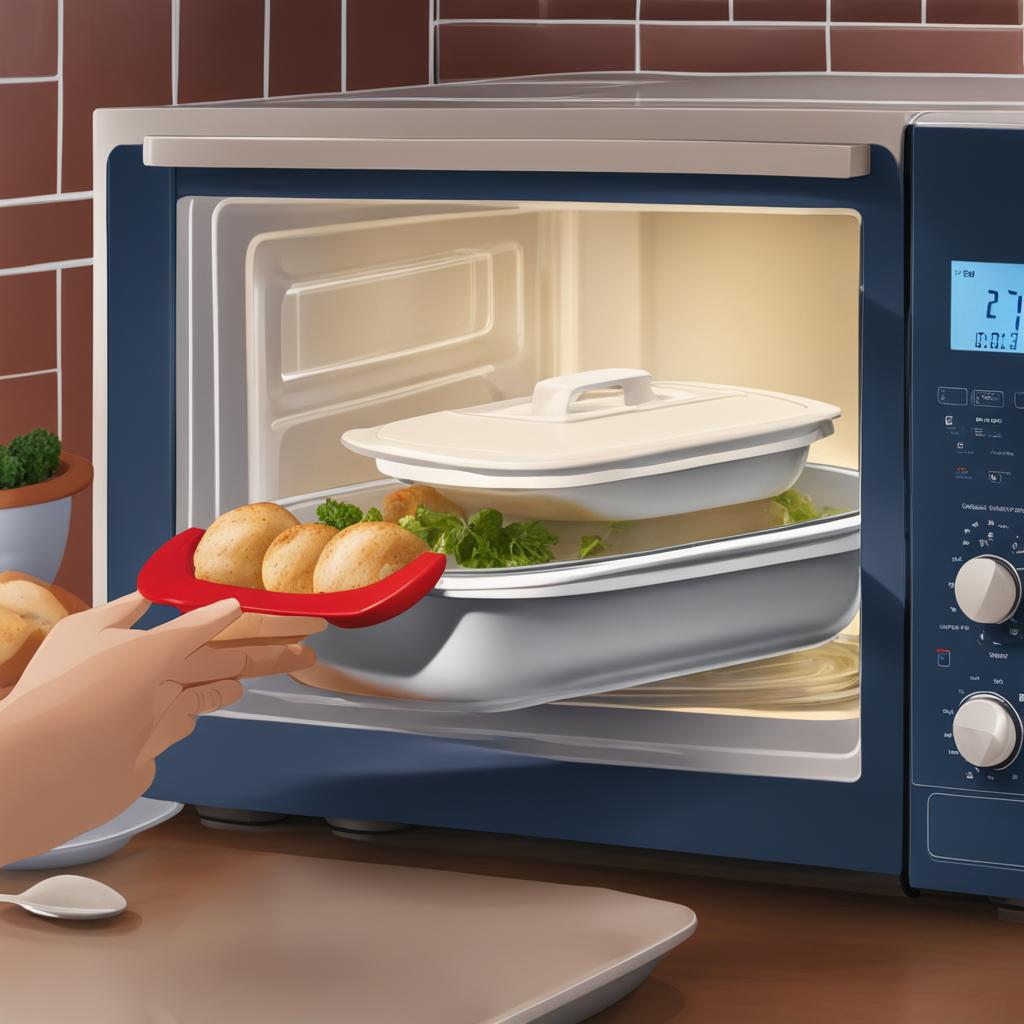
The Benefits of Reheating with the Original Cooking Method
When it comes to reheating casseroles, using the original cooking method can often yield the best results. This is especially true for soups, stews, and braised dishes that can be reheated on the stovetop. Reheating casseroles in the oven can also help restore their original flavors and textures.
By reheating with the original cooking method, you can ensure that your casseroles retain their intended flavors and textures. The oven provides an even heat distribution, allowing for a uniform reheating process. This can help revive the crispy crusts and tender interiors that you enjoyed when the casserole was fresh.
Furthermore, reheating with the original cooking method can also help preserve the moisture content of the casserole. The slow and controlled heat of the oven or stovetop can prevent the dish from drying out, resulting in a delicious and moist reheated meal.
Reheating Casseroles with the Original Cooking Method: A Comparison
| Reheating Method | Pros | Cons |
|---|---|---|
| Oven | – Restores original flavors and textures – Provides even heat distribution – Preserves moisture content | – Requires more time compared to other methods |
| Stovetop | – Retains intended flavors and textures – Allows for precise temperature control – Preserves moisture content | – May require occasional stirring to prevent sticking or burning |
As you can see from the comparison table, reheating casseroles with the original cooking method offers significant advantages. Whether you choose to use the oven or stovetop, both methods can help bring back the deliciousness of your casseroles, ensuring a satisfying meal every time.
So, the next time you have leftovers, consider reheating them using the original cooking method. Whether it’s a hearty soup or a comforting casserole, using the same method that was used to cook the dish initially can help you recreate the flavors and textures you love.
Reheating Specific Types of Casseroles with the Original Cooking Method
When it comes to reheating specific types of casseroles, utilizing the original cooking method can bring out the best flavors and textures. By following the same techniques used during the initial cooking process, you can ensure that your reheated casseroles retain their deliciousness. Here are some popular types of casseroles and the recommended reheating methods:
Lasagnas
To reheat lasagnas and bring back their cheesy goodness, turn to the trusty oven. Preheat the oven to 350°F (175°C), cover the lasagna with aluminum foil to prevent it from drying out, and bake for about 20-25 minutes. This gentle reheating method will help the layers of noodles, sauce, and cheese meld together once again.
Chicken and Turkey Casseroles
For reheating chicken and turkey casseroles, both the oven and stovetop methods work well. To use the oven, preheat it to 325°F (163°C), cover the casserole dish with foil, and bake for about 20-30 minutes, or until the dish is heated through. Alternatively, you can use a stovetop by placing the casserole in a skillet on low heat, stirring occasionally until it’s warmed to your liking.
Ham Casseroles
Ham casseroles can be reheated in either the oven or a skillet. To use the oven, preheat it to 350°F (175°C), cover the dish with foil, and bake for approximately 15-20 minutes. If you prefer using a skillet, place the casserole in the skillet over medium-low heat, stirring occasionally until heated through.
Pasta and Pizza Casseroles
Whether you’re reheating a pasta or pizza casserole, the oven or skillet method can do the trick. For the oven, preheat it to 375°F (190°C), cover the dish with foil, and bake for about 15-20 minutes or until the casserole is bubbling and thoroughly heated. If you opt for the skillet method, place the casserole in the skillet over medium-low heat, stirring occasionally until it reaches the desired temperature.
Table: Reheating Specific Types of Casseroles
| Casserole Type | Reheating Method |
|---|---|
| Lasagnas | Oven: 350°F (175°C), covered with foil for 20-25 minutes |
| Chicken and Turkey Casseroles | Oven: 325°F (163°C), covered with foil for 20-30 minutes, or Stovetop: low heat in a skillet, stirring occasionally |
| Ham Casseroles | Oven: 350°F (175°C), covered with foil for 15-20 minutes, or Skillet: medium-low heat, stirring occasionally |
| Pasta and Pizza Casseroles | Oven: 375°F (190°C), covered with foil for 15-20 minutes, or Skillet: medium-low heat, stirring occasionally |
Reheating your favorite casseroles using the original cooking method can help revive their scrumptious taste and maintain their satisfying textures. Whether you choose the oven or stovetop, following these recommended reheating techniques will ensure that your casseroles are enjoyed to the fullest.
The Science Behind Reheating Leftovers
Understanding the science behind reheating leftovers is crucial for achieving optimal results. It involves knowing how different cooking methods and heat sources affect the texture, flavor, and appearance of reheated food. By delving into the science, we can make informed decisions about the best techniques to use.
One key factor to consider is the use of microwaves. Microwaves work by emitting microwave radiation that excites water molecules in the food, generating heat. However, this method does not allow for the Maillard reaction, which is responsible for the desirable browning and caramelization of food. As a result, reheated food in the microwave may lack the crispy, flavorful textures we desire.
On the other hand, using conventional ovens or countertop ovens can recreate the original cooking method and enhance the taste and texture of reheated leftovers. These methods provide even heat distribution and allow for the Maillard reaction to take place, resulting in crispy, golden-brown surfaces and more satisfying flavors. The use of skillets also offers a great way to reheat saucy dishes, as the direct contact with heat helps to revive their texture and flavor.
Overall, understanding the science behind reheating leftovers empowers us to make the best choices for preserving the quality of our food. By opting for methods that emulate the original cooking process and promote the desired textures and flavors, we can enjoy delicious reheated meals that feel just as satisfying as freshly cooked ones.
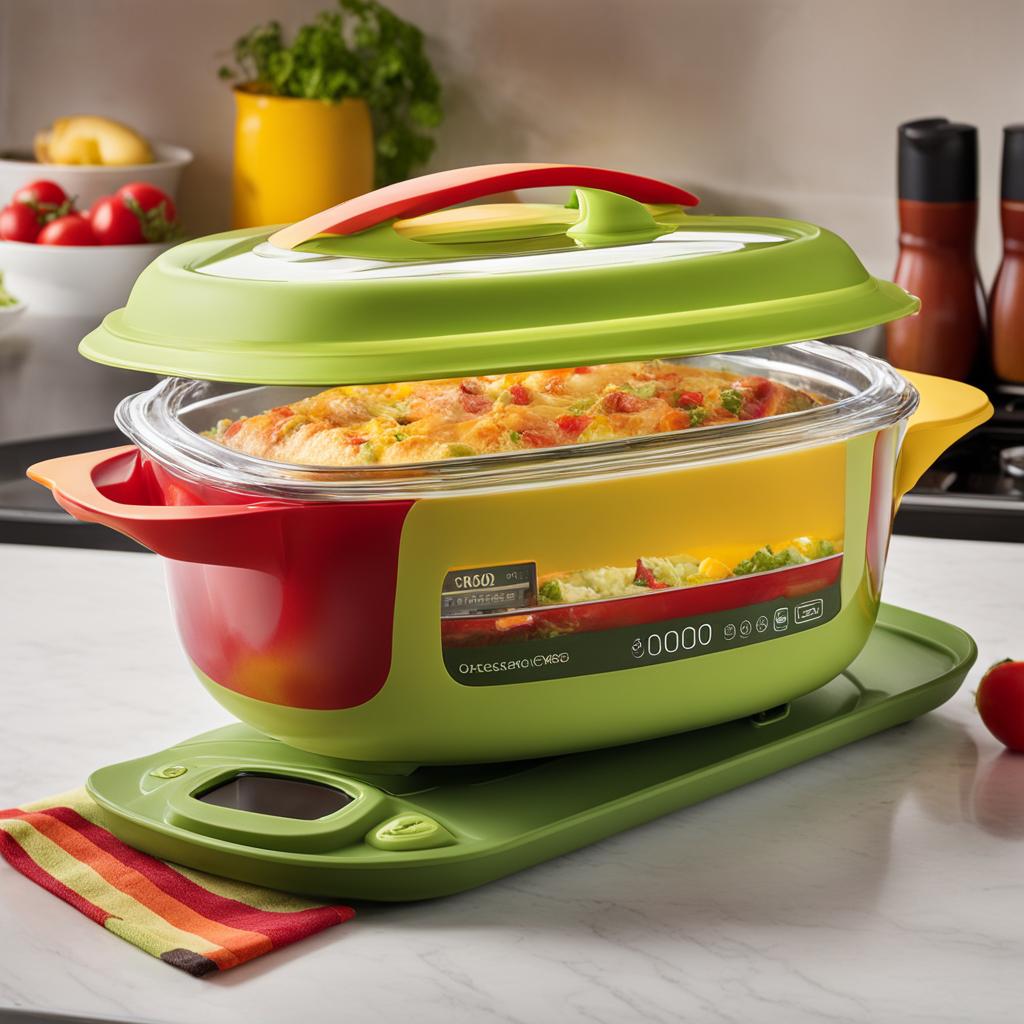
The Maillard Reaction: Creating Desirable Textures
The Maillard reaction is a chemical reaction that occurs when proteins and sugars in food are exposed to high heat. It is responsible for the browning, caramelization, and development of complex flavors in cooked food. When reheating leftovers, it’s important to recreate the conditions that allow the Maillard reaction to occur.
The Maillard reaction not only creates appealing colors and flavors but also alters the texture of food, making it crispy, crunchy, or caramelized. It’s why a freshly grilled burger has a flavorful crust or why oven-baked bread has a golden-brown and crispy exterior.
By understanding the science behind the Maillard reaction, we can adjust our reheating techniques to achieve the desired textures and flavors. Whether it’s using an oven, skillet, or countertop oven, ensuring the food is exposed to high, dry heat can help promote the Maillard reaction and elevate the overall eating experience.
Reheating Leftovers for Optimal Flavor and Texture
When it comes to reheating leftovers, preserving the flavor and texture of your casseroles is key. By understanding the science behind reheating and utilizing the right techniques, you can ensure that your reheated dishes taste just as delicious as when they were freshly made. Let’s explore how the process of reheating affects flavor and texture, and discover tips to achieve the best results.
Flavor
The flavor of reheated casseroles can sometimes diminish if not reheated properly. The original cooking method plays a significant role in preserving the flavor. Reheating casseroles using alternative methods, such as ovens, toasters, and skillets, can help recreate the original taste. These methods allow the flavors to develop and meld together, resulting in a more satisfying eating experience.
Texture
The texture of reheated casseroles can be affected by the reheating technique used. Microwaves, for example, may result in a softer or more soggy texture due to their inability to produce the desired browning effect. On the other hand, using methods like ovens or skillets can help restore the desired crispiness or maintain the saucy consistency of the dish. By choosing the appropriate reheating method, you can ensure that the texture of your casseroles remains enjoyable.
It’s important to note that not all foods reheat equally. Some may require specific techniques or temperatures to achieve the desired flavor and texture. Experimenting with different methods and monitoring the reheating process can help you determine the best approach for each dish. Remember, the goal is to recreate the original cooking method and experience when reheating leftovers to maximize their flavor and texture.
Summary
Reheating casseroles for optimal flavor and texture involves understanding the science behind reheating and utilizing the right methods. By avoiding the microwave and opting for alternative techniques like ovens, toasters, and skillets, you can recreate the original cooking method and preserve the desired flavors and textures. Additionally, experimenting with different reheating methods and monitoring the process can help you achieve the best results. With a little care and attention, reheated casseroles can be just as enjoyable as when they were first served.
The Role of Meal Planning in Reducing Food Waste
Meal planning plays a crucial role in reducing food waste and maximizing the use of leftovers. By incorporating meal planning strategies into your routine, you can minimize the amount of food that goes to waste and make the most out of your ingredients. Effective meal planning not only saves you money but also contributes to a more sustainable lifestyle.
One of the key benefits of meal planning is that it allows you to make intentional choices about the meals you prepare. By mapping out your meals in advance, you can ensure that you use up any leftover ingredients from previous meals and incorporate them into new dishes. This reduces the chances of forgotten or spoiled food sitting in the back of your refrigerator.
Additionally, meal planning can help you avoid overbuying groceries and ingredients. By knowing exactly what you need for each meal, you can make a more accurate shopping list and purchase only what you will use. This prevents ingredients from being left unused and eventually going to waste.
Table:
| Benefits of Meal Planning in Reducing Food Waste |
|---|
| Minimizes food waste |
| Utilizes leftovers effectively |
| Saves money |
| Contributes to a sustainable lifestyle |
Effective meal planning is not only about reducing food waste but also about creating a more efficient and enjoyable cooking experience. By knowing what you will be cooking in advance, you can streamline your meal preparation process and spend less time in the kitchen. It also allows for more diverse and balanced meals, as you can plan for different cuisines, dietary restrictions, and nutritional needs.
By implementing meal planning into your routine, you can make a significant impact on reducing food waste. Not only will you waste less food, but you will also have the satisfaction of knowing that you are being mindful of your consumption and making a positive contribution to the environment.
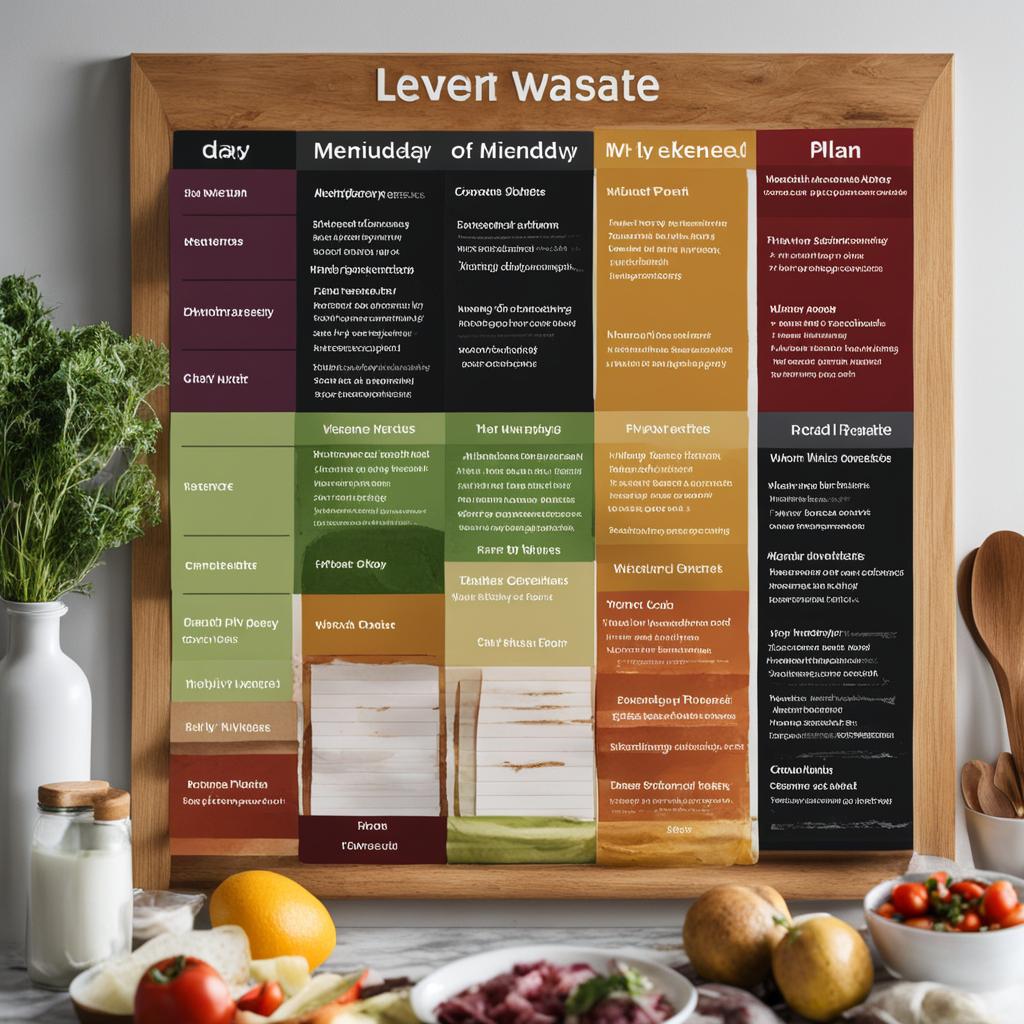
Tips for Reheating Leftovers on a Busy Schedule
Reheating leftovers can be a lifesaver on a busy schedule, allowing you to enjoy a delicious meal without the hassle of cooking from scratch. If you find yourself short on time but still want to enjoy the convenience of reheated leftovers, here are some tips to make the process quick and efficient:
- Utilize the microwave: The microwave is a go-to option for reheating leftovers due to its speed and convenience. Simply place your leftovers in a microwave-safe dish, cover with a microwave-safe lid or microwave-safe plastic wrap, and heat on high for short bursts, stirring in between, until heated through.
- Opt for stovetop reheating: If you’re looking for a quick reheating method that allows for better texture and browning, consider using a skillet on the stovetop. This method works well for reheating saucy dishes like pasta or stir-fries. Just add a little oil or broth to the skillet, heat it up, and add your leftovers, stirring frequently until heated through.
- Invest in a toaster oven: A toaster oven is a versatile appliance that can quickly reheat leftovers while providing a more even heating result compared to a microwave. It’s especially useful for reheating items like pizza, breaded dishes, or casseroles, as it can help restore their crispy texture.
- Plan ahead and batch cook: To make reheating leftovers even more convenient, try meal planning and batch cooking. Set aside some time on the weekends to prepare larger portions of your favorite meals, then portion them out into individual containers. This way, you can grab a pre-portioned meal from the fridge or freezer and reheat it whenever you’re short on time.
By following these reheating tips, you can enjoy the convenience of leftovers without sacrificing flavor or texture, even on the busiest of days. Whether you’re using the microwave, stovetop, toaster oven, or planning ahead with batch cooking, reheating leftovers can be a time-saving solution that still allows you to enjoy a delicious and satisfying meal.
Conclusion
In conclusion, reheating casseroles using the best methods is crucial for maintaining their taste and texture. By avoiding the microwave and exploring alternative methods such as ovens, toasters, and skillets, you can recreate the original cooking method and enjoy delicious, reheated casseroles.
Incorporating leftovers into your meal planning and utilizing proper storage techniques can also help reduce food waste and save money. By having a well-organized system for tracking and utilizing leftovers, you can ensure that they don’t go to waste and contribute to a more sustainable lifestyle.
Remember, reheating casseroles doesn’t have to be time-consuming. With convenient options such as microwaves and quick stovetop reheating, you can enjoy the benefits of leftovers even on a busy schedule without sacrificing time or flavor. So go ahead, reheating casseroles can be a simple and delicious way to enjoy your favorite dishes all over again.
FAQ
Can I reheat casseroles in the microwave?
While you can reheat casseroles in the microwave, it may not always yield the best results. Microwaves don’t produce the same browning effect as conventional ovens, resulting in soggy or limp textures.
What are some alternative methods for reheating casseroles?
Countertop ovens, air fryers, and skillets can all yield excellent results when reheating casseroles. Countertop ovens and air fryers can reinvigorate the crunchiness of casseroles, while skillets are ideal for reheating saucy dishes.
How should I reheat different types of casseroles?
Ground meat can be reheated in the microwave, chicken wings are best reheated under a broiler, grilled chicken, lamb chops, and pork chops are best reheated in an oven or countertop oven, meatloaf, ribs, and roast chicken can be reheated in an oven, and sausages can be reheated in the microwave.
What other leftovers can I reheat?
Leftover burgers, quesadillas, and pizzas can be reheated in an oven or skillet, leftover ham and prime rib are best reheated in the oven, pasta, rice, and seafood can be reheated on the stovetop or in the microwave, and leftover steak and tamales can be reheated in a skillet or steamer.
How can I prevent leftovers from drying out when reheating?
Bringing leftovers to room temperature before reheating can help prevent drying out. Adding a splash of water or broth can also help restore saucy textures. It’s important to avoid overcooking leftovers to prevent further drying and loss of flavor.
Should I reheat soups and stews on the stovetop?
Yes, soups, stews, and braised dishes can be reheated on the stovetop using the original cooking method for the best results.
How can I reduce food waste when it comes to leftovers?
Properly storing leftovers and having a meal plan in place can help prevent unnecessary waste. Keeping track of your prepared meals and having a system in place for utilizing leftovers can ensure that they don’t go to waste.
What are some best practices for reheating leftovers?
Some best practices for reheating leftovers include bringing them to room temperature before reheating, adding a splash of water or broth to restore saucy textures, and avoiding overcooking to prevent drying and loss of flavor.
Are there any benefits to reheating casseroles with the original cooking method?
Yes, reheating casseroles with the original cooking method can help restore their original flavors and textures.
Can I reheat specific types of casseroles with the original cooking method?
Yes, burritos and lasagnas can be reheated in the oven, chicken and turkey can be reheated in the oven or on the stovetop, and ham can be reheated in the oven or skillet.
What is the science behind reheating leftovers?
Microwaves work differently than conventional ovens, relying on microwave radiation to generate heat. This can affect the texture and browning of reheated food. The Maillard reaction plays a key role in creating desirable textures when reheating.
How can I preserve the flavor and texture of reheated casseroles?
By utilizing the right reheating techniques, such as avoiding the microwave and utilizing alternative methods like ovens, toasters, and skillets, you can recreate the original cooking method and enjoy delicious, reheated casseroles.
How does meal planning help reduce food waste?
Incorporating leftovers into your meal plan and having a system for tracking and utilizing them can help avoid unnecessary food waste and save money in the process.
How can I reheat leftovers on a busy schedule?
Utilizing convenient methods like microwaves or quick stovetop reheating can help you enjoy the benefits of leftovers without sacrificing time or flavor.
Source Links
- https://www.stltoday.com/life-entertainment/nation-world/food-drink/cooking-tips-how-to-reheat-leftovers/article_28f6fe5c-2b59-50f9-a3e9-0166d350a72f.html
- https://www.bonappetit.com/story/guide-to-reheating-leftovers
- https://www.allrecipes.com/article/best-way-reheat-leftovers-your-favorite-recipes/
Related Recipes:
 How to Reheat a Burrito: Keep It Delicious and Moist
How to Reheat a Burrito: Keep It Delicious and Moist
 How to Reheat Brisket: Retain Moisture and Flavor
How to Reheat Brisket: Retain Moisture and Flavor
 How to Reheat Crab Cakes: Keep Them Crispy
How to Reheat Crab Cakes: Keep Them Crispy
 How to Reheat an Omelet: Techniques for Fluffy Eggs
How to Reheat an Omelet: Techniques for Fluffy Eggs
 How to Reheat Baked Potatoes for Perfect Texture
How to Reheat Baked Potatoes for Perfect Texture
 How to Reheat Clams: Tips for Perfect Seafood
How to Reheat Clams: Tips for Perfect Seafood
 How to Reheat Chicken Tenders: Quick Tips for Crunch
How to Reheat Chicken Tenders: Quick Tips for Crunch
 How to Reheat Bacon: Crispy and Delicious Every Time
How to Reheat Bacon: Crispy and Delicious Every Time



